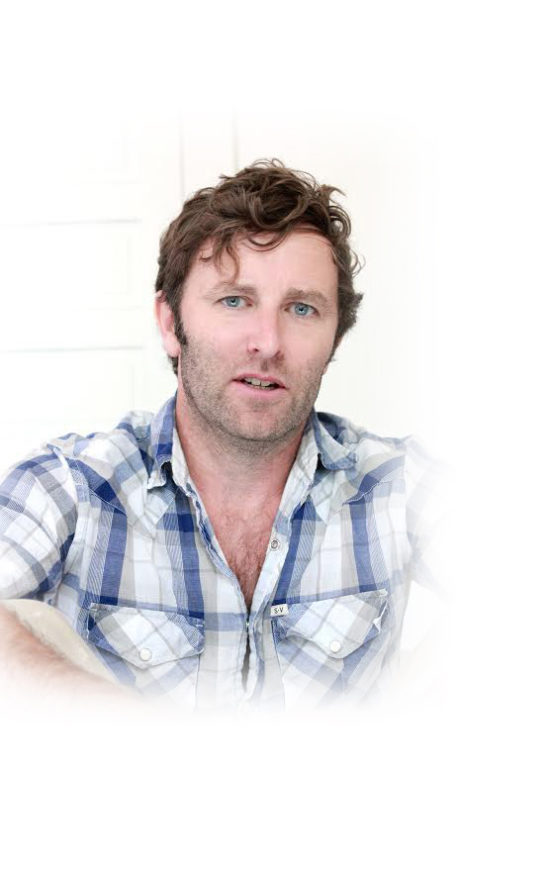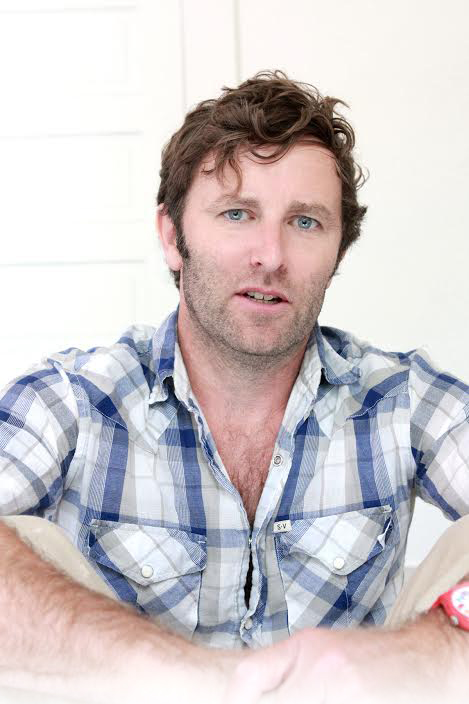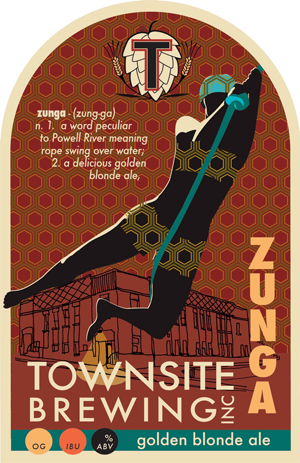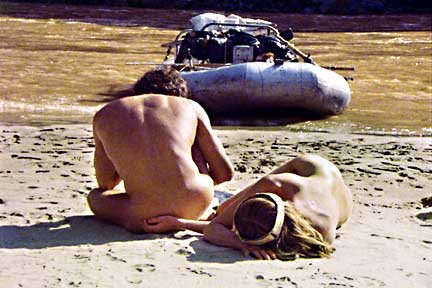
L-R George, Charlie, Cara, Grant, Lindsay
I just staggered home from a weekend at the third annual Galiano Island Literary Festival. It was most definitely an honour to attend; here’s my top ten highlights of the festival.
1. Galiano Island Book Store Staff. Lee, Jim, Lindsay, Peter, Seonaid, and Nick are all fabulous people, a unique team and an engaged, community-minded staff who work extremely hard to put on this amazing yearly event.
2. George Bowering. Canada’s first poet laureate may also be the “Keith Richards of Can-Lit”*. Astoundingly, he is also the author of 100 books, and at age 76, partied harder and with better humour than any other author in attendance.
3. Dec 21, 2012. Veteran comedian and former CBC star Bob Roberston kicked off the festival with a hilarious keynote/reading from his new book The Mayan Horror, preparing us for the End of Days as the Mayan calendar comes to a close this December.
4. Bruce Springsteen. As all manner of weather whipped around Galiano Island’s community hall on Sunday afternoon, inside we were treated to a reading by Victoria writer Robert Wiersema on his new memoir Walk Like A Man: Coming of Age with the Music of Bruce Springsteen. Between readings, the Cold Cold Hearts entertained us with Boss songs.
5. Galiano Island Inn and Spa. The headquarters of the festival, and what a beautiful place, perfectly capturing the west coast spirit with just the right balance of rustic chique and boutique elegance. Highly recommended for an easy, upscale getaway weekend from Vancouver or Victoria. Every room has an ocean view and a wood burning fireplace! Great restaurant and bar, too. Owner Conny and her husband are extremely kind and attentive.
6. Charles Demers. Charlie conducted a brilliant workshop on comedy writing that was at once insightful, engaging, and totally hilarious. Listen for Charlie on The Debaters, watch for him on a comedy stage near you.
7. The Hummingbird Pub. Getting away from the crowd at the Inn on Saturday afternoon, I zipped over to the island’s famed Pub and was greeted by Deb, who served me up a delicious bison burger while I sat by the fire with a cold bottle of Piper’s Ale and plunked away on another chapter of my new book.
8. Sunset at Montague Harbour. No, that’s not the title of my next book, just me on my lonesome on a beautiful shell covered beach at the deserted Montague Harbour Provincial Park watching the sun set over the winding channels of the Gulf Islands.
9. Timothy Taylor. The acclaimed author of Stanley Park announced the subject of his next book, a non-fiction story of the intertwining lives of refugees from the Iran-Iraq War who both by chance wind up in Vancouver. He went into much more detail and he instantly hooked everyone in the room.
10. Galiano Island Weather. We experienced it all this weekend: rain, wind, fog, snow, hail, sleet, and glorious sunshine, as spring slammed into winter on the West Coast, one season wanting to arrive, the other refusing to leave. Spring temporarily won the battle; we sailed home across the Strait of Georgia under sunny skies and calm seas.
Thanks to everyone at the Festival and on the Island for showing me a great time.
*a late night Robert Wiersema quote.







(4) Comments